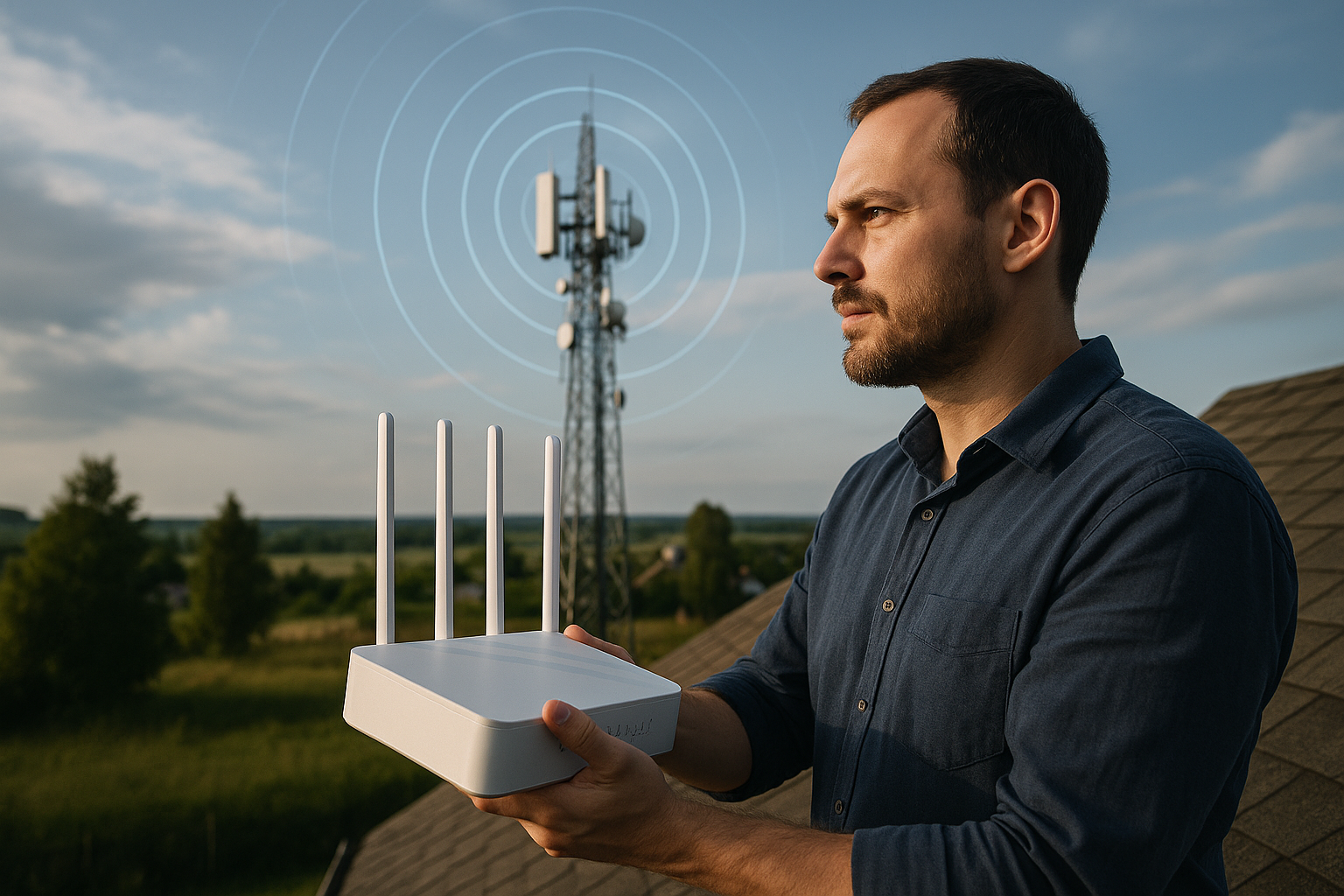Diving into the Unseen Potential of Fixed Wireless Access
Our daily interactions and transactions, both personal and professional, rely heavily on the internet. Yet, many areas worldwide still lack access to reliable wired broadband services. Here's where Fixed Wireless Access (FWA) brings an innovative solution to bridge this digital divide.

Fixed Wireless Access, a method to deliver high-speed broadband internet using wireless networks, has been around for some time. However, it’s only now that it’s gaining significant attention as a potential game-changer in the internet and telecommunications industry.
A Historical Overview of Fixed Wireless Access
The concept of FWA dates back to the 1990s, when it was seen as a promising solution to the last-mile connectivity problem. Despite its potential, the high costs and limited capacity of earlier wireless technologies hindered its large-scale deployment. It was not until the advent of advanced wireless technologies, notably 4G and now 5G, that FWA became a viable alternative to traditional wired broadband.
Fixed Wireless Access in the Present Day
In recent years, FWA has re-emerged as a compelling connectivity solution, especially in areas where laying traditional broadband cables is challenging or cost-prohibitive. By leveraging the power of existing mobile networks, FWA can deliver high-speed internet to homes and businesses without the need for extensive infrastructure.
As per a 2020 report by Ericsson, there’s a global potential for FWA connections to reach up to 800 million by 2025, highlighting its growing significance in the telecom sector.
Fixed Wireless Access: Impact and Challenges
FWA carries the potential to revolutionize internet connectivity, particularly in underserved areas. It provides an economical and faster alternative to wired connections, enabling more people to access high-speed internet. Moreover, it can act as a catalyst for digital transformation, fostering growth in industries like e-learning, telehealth, and remote working.
However, the adoption of FWA isn’t without challenges. Network congestion, signal degradation due to obstacles, and the requirement of a clear line of sight between the transmitter and receiver are some technical issues that need to be addressed. Additionally, regulatory hurdles and competition with traditional broadband services can impact its large-scale deployment.
Practical Applications of Fixed Wireless Access
Despite these challenges, many telecom providers are investing in FWA technology. For instance, in remote areas or regions with challenging terrains, FWA offers a more feasible solution than laying expensive fiber cables. Moreover, it is also used as a temporary connectivity solution during events or in disaster-struck areas where the existing infrastructure is damaged.
While the buzz around 5G and its role in enabling FWA is undeniable, it’s crucial to understand that the success of FWA is not just tied to the latest technologies. Instead, it’s the strategic deployment and overcoming of existing challenges that will determine its role in shaping the future of internet connectivity.
In conclusion, while Fixed Wireless Access may not replace traditional broadband entirely, it certainly holds the potential to complement it. As the digital divide continues to persist, FWA can be a crucial tool in bridging this gap, making internet access more universal and inclusive.
With further advancements and strategic deployment, FWA might very well be the unsung hero of the telecommunications industry, bringing connectivity to those left behind in the digital revolution.




